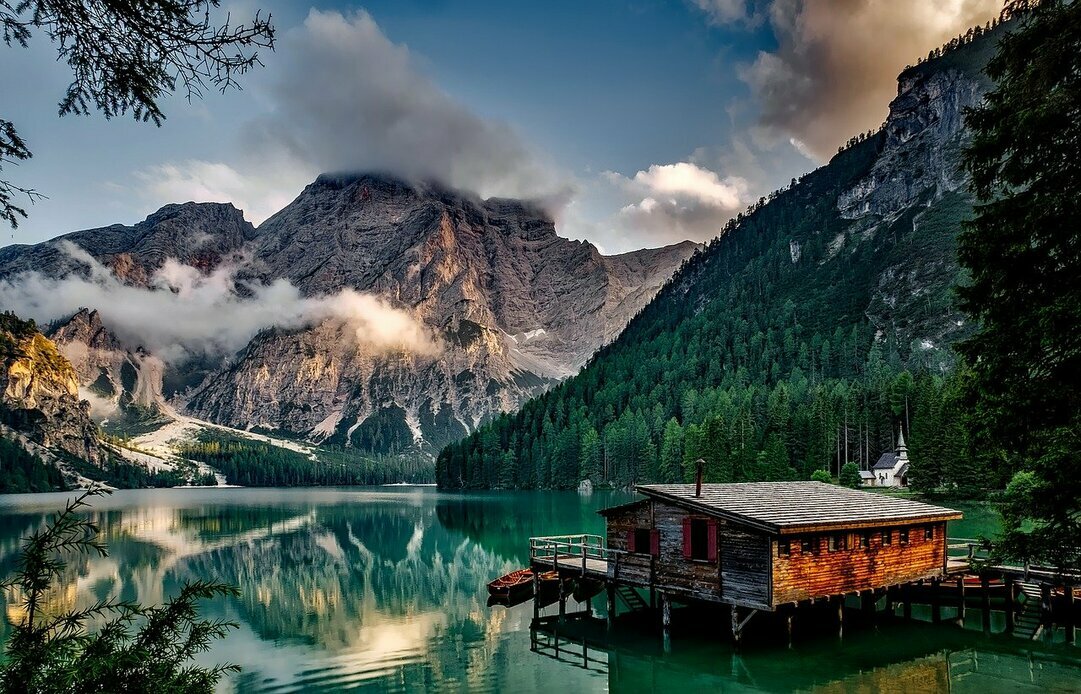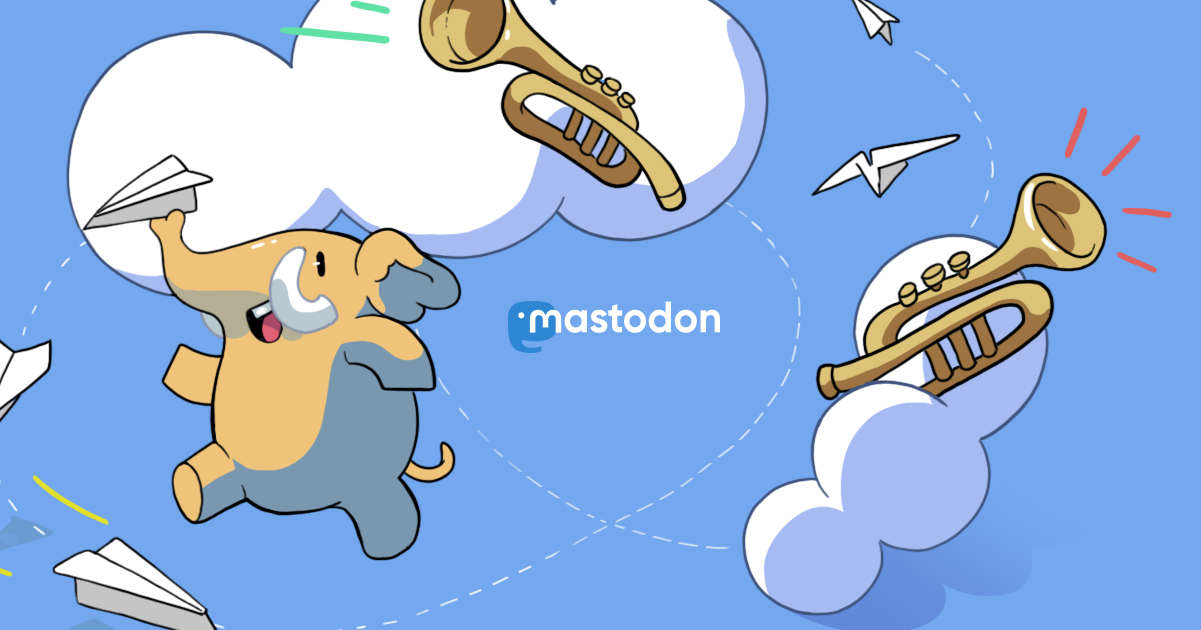
Quick and lazy run down on M101, just because of all of these clouds I could not shoot anything in April, unfortunately it was 80% of the moon, not a good thing to do in a very light polluted place. But I wanted to test my new tactics so bad that I decided to do it anyway against all the odds. Here is what I've got The Pinwheel Galaxy aka M101 shot with Cannon T3i, with 135mm lens at F/2.8 and ISO 100. 1 hour of total integration time #astropic
It's galaxy season, so I had to do a shot of bunch of galaxies. M87 aka Virgo Galaxy with surrounded galaxies, there are a lot of them in this shot, so I won't name each one. Shot with Canon EOS T3i, 135mm lens at F/4 and ISO 800, total integration time around 1 hour and 20 min. #astropic
Finally clear night in a while, didn't waste a moment. Technically I wasted some time trying to get it into a frame, but it's a different story. Anyway here is M81 Bode's Galaxy, M82 Cigar Galaxy, Garland Galaxy and NGC 2976. Just one hour of integration with a really quick stacking. M81 and M82 shot with Canon T3i, 135mm at F/4 and ISO 800. Total integration time bit less than an hour. #astropic
Earlier this month we had a moment when cloud went away and you can see Jupiter and Venus really close together. Unfortunately I didn't have time to setup my gear as it was a very short lived event, so I took a photo with my phone. #astropic
I managed to shoot 2 targets(actually way more than 2) last night, problem is that not the one I planned. Here are M44 aka Beehive Cluster on one image and M46 and M47 along with Collinder 155 and Collinder 156 on another. Shot with Canon EOS T3i, 135mm lens at F/4 and ISO 800. Total integration for M44 is about 40 min, M47 is about 10 min. #astropic
There was glimpse of clear sky yesterday and I've decided to spend some time, taking 3 subjects in one shot: Monkey Head Nebula (NGC 2174), Jelly Fish Nebula (IC 443) and M35 star cluster from my Bortle 8. They form a triangle on this picture. This is first rough draft shot with Canon T3i, 135mm, 50 min total integration. #astropic
It's been a n interesting challenge to hunt C/2023 E3 ZTF comet, especially with the weather here lately. This was my first attempt to shoot and process comet and to make matters worse it was quite rainy on days when it was closest. First day I miscalculated position completely and missed it, second day I was closer catching it on the edge on my frame, third day was a charm perfectly centered as it was aligned with Capella. Shot with Canon EOS T3i, 135mm, F4 , 83min(int. time). #astropic
Once icemagedon was over and sky became clear I've been chasing Green Comet aka C/2022 E3 ZTF with 135mm lens, using charts assuming where it can be. On a second night I was able to get it on the edge of the frame of just 10 lights x 20sec sub-exposures, before clouds rolled in. It suppose to become clear tomorrow, I'll continue that quest hoping to get more as it comes close(visually) to star called Capella. #astropic
I thought to myself what if I try to reprocess data that I took during my first attempt. Here is what I've got. Same 5 lights that I took 6 month ago, same tools for processing, but 6 month later I actually knew what I was doing. Bottom line I missed MilkyWay core, only got a bit on the bottom left side on my picture. #astropic
Here is my most recent attempt to capture M42. I could say that I am finally happy with this image, of course it was taken under Bortle 8 sky, that's the limitation. M42 shot with Canon EOS T3i, 135mm, F4, ISO 800, 20sec sub-exposures with total integration time 77min. #astropic
Decided to take couple short of M42 last night after my attempt to shoot M33 ended abruptly due to a roof top entering picture. So difference is really stark this is just 5 min of integration and you already see many details. So I am going to return back to my favorite target Orion for next session as it high enough and nicely located in my heavy light polluted area. M42 shot using Canon EOS T3i, 135mm, F4, ISO 800. #astropic
I've tried shooting out M33 last night, and understood how faint it is. Everything worked against was shooting towards light polluted area, it was not too high above horizon and half way towards my session I tumbled upon rooftop of my house. So here what I got with 20-ish min of total integration time, not much(small smudge towards middle). M33 shot using Canon EOS T3i, 135mm, F4, ISO 800. #astropic
Caph - lone star. I was going to shoot NGC 7822 but missed big time and as a result the only object worth noting is star Caph 54.7 light years away. #astropic
What would you shoot with your camera on Christmas Eve ... right, Christmas Tree ... start cluster. I even got a proof of Santa Clause for my kiddos, as he flew by our house with Rudolph Red Nose leading the pack(this shot was removed from final stack, though). But bottom line I should have done my research and understand that it was not a good target for my setup. So here you go that smudge in the middle is a Christmas Tree cluster. Shot with Canon T3i, 135mm, F3.5, ISO 800, 89min #astropic
Shot accidental target last night, I was going after Christmas Tree and missed it, however Rosette Nebula was in the frame at the very bottom, but still, so I cropped it. So it's only 1/5 of the whole frame that I salvaged from about of 2 hours of integration.Rosette Nebula, shot with Canon EOS T3i, 135mm lens F2.8, ISO 800. #astropic
Finally added some necessary equipment. This is my first try using SWSA 2i star tracker. Spent quite a while learning Polar alignment process. But imagine session was a breeze with automation that tracker brings. This is retake of M45 aka Pleiades with new equipment, just 52 min of total integration and a bit of processing. Equipment: Canon EOS T3i, Samyang 135mm lens at F2.8 and ISO 800. 124 X 25 second sub-exposures. #astropic
Back to my backyard which is Bortle 7/8 class, however with bit improved skills I've decided to do retake for Andromeda Galaxy. This is M31 at the forefront with M110 bottom and M32 was "lost in translation" #astropic Specs: Canon EOS T3i, 50mm lens at F2.8 and ISO 1600. 20 min of total integration time.
Had a chance to shoot out of Bortle 4 sky, so I shot my favorite constellation Orion, here is the result. #astropic
I had a chance to take some almost "accidental" shots of M45 aka Pleiades. It looked like a smudge on the night sky, as I stepped outside for a second. So I went back inside and unpacked my gear and started shooting. This is just 12 min of integration of 4 second exposures, but I am genuinely happy with the image. I think I am making progress in this hobby. Post processing is just curves and nothing else. #astropic
